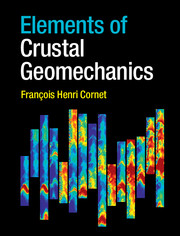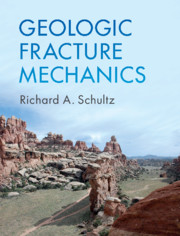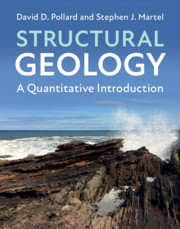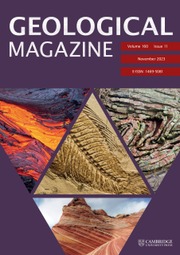Elements of Crustal Geomechanics
This key textbook considers the mechanics of geomaterials at a wide range of scales, both in time and space. It provides a detailed introduction to the study of crustal geomechanics, focussing specifically on the seismogenic crust. The author demonstrates how continuum mechanics principles can provide efficient solutions to geomechanics problems at various scales, taking into account the multiphase characteristics of the geomaterials as well as discontinuities such as fractures and faults. Field and laboratory observations are combined with basic mathematical theory to build solutions with known levels of uncertainty. Particular consideration is given to the use of microseismicity. Case studies are provided, and practical results from numerical modelling are used to illustrate the applicability and limitations of current theories. Accessible explanations of mathematical formulations, convenient summaries of the key equations, and exercises make this a valuable reference for students and researchers in geomechanics, geophysics, structural geology and engineering.
- Accessible to both geoscience and engineering students
- Demonstrates the use of geophysical data, especially microseismic observations
- Combines comprehensive introductory material with cutting-edge case studies
- Supported by a supplementary website hosting additional online resources
Reviews & endorsements
'This timely textbook meets a major world-wide need in education. The author correctly identifies mechanics as both the basis for understanding the complex response of the subsurface to natural or man- made forces, and as the lingua franca for effective dialog between geoscientists and engineers. The observations of behavior over a wide range of spatial and temporal scales is critical since many of the features of a rock mass cannot be replicated in a classical laboratory. Global demand for subsurface resources will certainly grow, and universities must equip graduates with the skills to meet this demand. Professor Cornet's book provides an excellent foundation upon which to build the necessary expertise.' Charles Fairhurst, Professor Emeritus, University of Minnesota; Senior Consultant, Itasca Consulting Group, Inc.
'This book provides an excellent theoretical treatment of contemporary geomechanics - solid, fluid and thermal interactions in rocks accommodating rheology and rupture for static through dynamic conditions. Although presented at a high level, concepts are eminently accessible and aided by examples to highlight relevance in both geophysics and in engineering. This is destined to become a standard reference text for serious scholars spanning pure and applied geophysics through engineering geomechanics, with application to a process-based understanding in natural and engineered systems.' Derek Elsworth and Yves Guglielmi, Geomechanics and Geophysics for Geo-Energy and Geo-Resources
Product details
March 2015Adobe eBook Reader
9781316308196
0 pages
0kg
232 b/w illus. 45 exercises
This ISBN is for an eBook version which is distributed on our behalf by a third party.
Table of Contents
- Preface
- 1. Geomaterials and crustal geomechanics
- 2. Elements of rheology
- 3. Forces and stresses
- 4. Elements of kinematics
- 5. Elements of linear elasticity
- 6. From continuum mechanics to fluid mechanics
- 7. Elements of linear fracture mechanics
- 8. Laboratory investigations on geomaterials under compression
- 9. Homogenized geomaterials
- 10. Fractures and faults
- 11. Elements of seismology
- 12. Elements of solid-fluid interactions
- 13. Methods for stress fields evaluation from in situ observations
- 14. Elements of stress fields and crustal rheology
- References
- Appendix A. Elements of tensors in rectangular coordinates
- Index.





